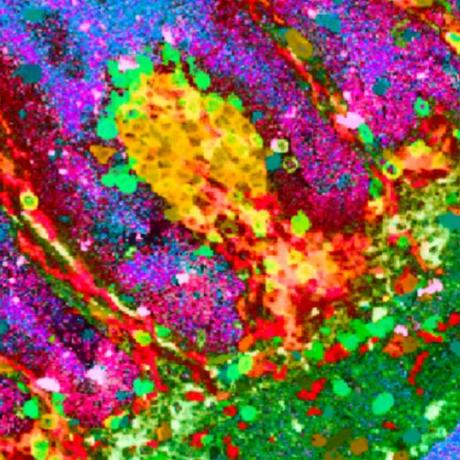With the two helper scripts in this repo it is possible to read and write an AES-256 encrypted file on an NFC implant (specifically the xSIID). The hf_i2c_plus_2k_utils script can also be used standalone to write arbitrary data to user memory on a sector of your choosing (sector 0 or 1).
The vault.py script is a python wrapper around hf_i2c_plus_2k_utils which reads and writes the encrypted file (CSV format) to/from the implant. In read mode the CSV file is carved from a user memory hexdump, reversed with xxd, decrypted with openssl (if you have the password) and then displayed in the terminal in JSON format.
vault.py writes data to sector 1 not sector 0 for two reasons:
- Sector 0 can still be used to read and write NDEF records. Sector 1 remains untouched when modifying sector 0.
- Sector 1 is not accessible from Android or IOS without a custom application or a tool to send raw commands.
Even with encrypted data written to sector 1, when the implant is read from a device such as a phone it will still only return the NDEF record in sector 0 (URL, vcard etc). When the encrypted data needs to be accessed just use the proxmark3 to access sector 1 using vault.py.
- : The lua script is good. The python script is functional but shit. When I have some time I will refactor it to use pure python not os.system calls so no files need to be written/deleted from disk.
- : Add support for other data formats and maybe some compression to save space.
Software: python3, openssl, jq ,csvtojson
Hardware: proxmark3
Usage:
- move
hf_i2c_plus_2k_utils.luato~/.proxmark3/luascripts/- this script is now in the Proxmark3 Iceman fork so you can just do a
git pullto grab the latest version
- this script is now in the Proxmark3 Iceman fork so you can just do a
- install jq and csvtojson :
brew install jq ; npm -g install csvtojson - create a csv file in the following format and save it as vault.txt in the same folder as vault.py:
Example vault.txt:
d,u,p
google.com,testuser,Password1
reddit.com,reddituser,Password2
- Write the encrypted file to the xSIID:
python3 biovault.py -m w
- Zero sector 1 with null bytes and then write the encrypted file to the xSIID:
python3 biovault.py -m w -z
- Dump, carve, decrypt and read the stored file:
python3 biovault.py -m r
Note:
You will need to modify variables pm3_path and uid in vault.py (lines 13,14) to reflect the path to the pm3 binary and your implants UID.
If you already have data on sector 1, use the -z flag to zero out the user memory of sector 1 with NULL bytes.
